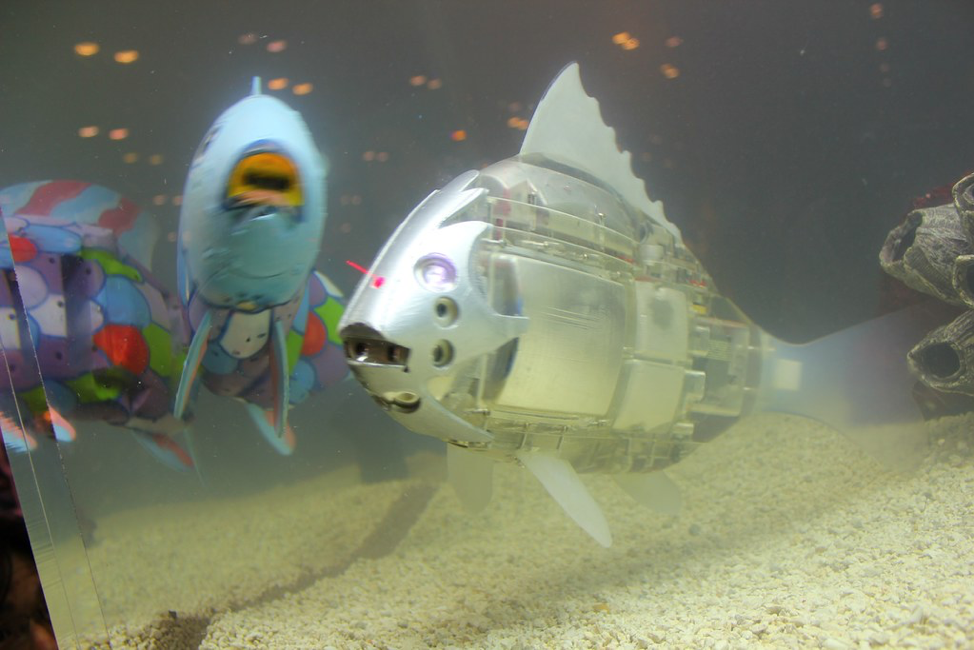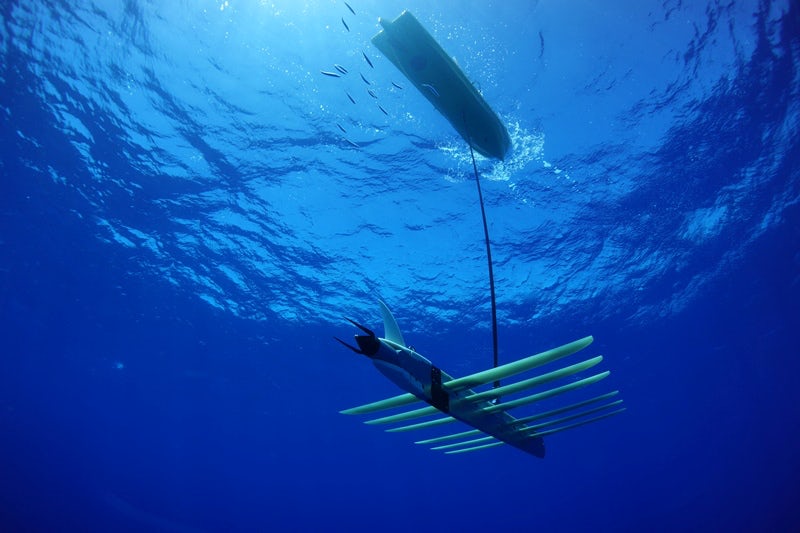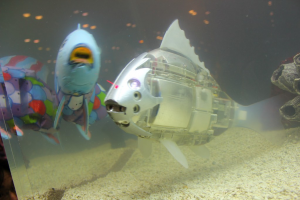
Polverino, G., Karakaya, M., Spinello, C., Soman, V.R., and Porfiri, M. 2019. Behavioural and life-history responses of mosquitofish to biologically inspired and interactive robotic predators. Journal of the Royal Society Interface. 16(158). DOI: 10.1098/rsif.2019.0359. https://royalsocietypublishing.org/doi/full/10.1098/rsif.2019.0359
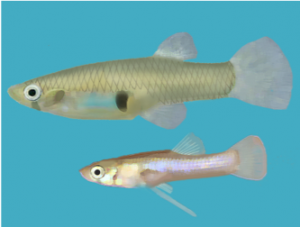
Invasive species are a potential threat to aquatic habitats because they destroy the environment, prey on native species, and use up resources. Freshwater animals are especially vulnerable to aquatic invasive species (AIS) and are under threat in places with large AIS populations. One such AIS is the mosquitofish (Gambusia spp.). Mosquitofish were given the name due to their diet, which is [allegedly] largely composed of mosquito larvae. This proclivity for mosquito consumption led to large-scale release of the fish in an attempt to control mosquito populations. Mosquitofish are now listed by the IUCN as one of the 100 Worst Invasive Species.

The features that create highly successful AIS’ are the same features that make them very difficult to control or eradicate in conservation efforts. These features are typically: ability to withstand large variabilities in temperature, salinity, and exposure; generalist diet (eat anything), and high fecundity (reproductive output). Many of the world’s worst AIS, including mosquitofish, do not have successfully established methods of control that are cost/time effective.
The use of technology in scientific research has made possible many discoveries that might otherwise have not come to light. Technology can reduce time and cost and increase our scope of possibilities. One field of scientific technology that is growing in popularity, is robotics. Along with the advent of 3D printing technology, simple robots can be created at a relatively low cost and made to mimic real animals.
In this study, the authors designed a robofish as a possible method of mosquitofish control. The authors designed and created the robot to mimic a common mosquitofish predator, (juvenile) largemouth bass. Robot body moulds and spines were 3D printed, then filled with silicone and detailed with glass eyes and hand painting. Various robots were made with some more closely mimicking real fish than others. Robofish were attached to clear acrylic rods in order to be mounted and moved throughout the experimental water column.
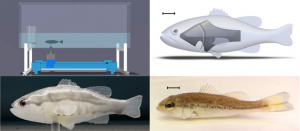
For the trials, 75 mosquitofish were (individually) placed in a tank with one robofish, and behaviour was monitored for 15 minutes. One trial per fish was conducted each week for six consecutive weeks. Conditions were varied in each trial so that individuals were exposed to each level of mimicry. The swimming speed and trajectory of the robots was also altered to determine if that had an effect of mosquitofish behaviour. The fish were also anesthetized and measured before and after each trial.
Not surprisingly, mosquitofish were found to retreat when ‘attacked’ by a robofish. An attack was mimicked by the robofish turning towards the prey and charging. However, the anti-predator response showed a typical trade-off between minimizing risk and energy consumption. In other words, greater threats elicit stronger responses. More surprisingly, the authors found a significant reduction in the fat reserves of the prey fish, following trials. This result shows that only 15 minutes / week are needed to reduce mosquitofish energy reserves, and therefore, overall health and reproductive output.
This study is important to the advancement of using technology in science because it shows that a relatively cheap and easily made device can have a measurable impact on one of the world’s most invasive species. This study also has real-world applications as the deployment of robots in the wild is much more feasible than traditional ways of inducing predator responses (computer images).
Check out a video of the experiment here: https://www.eurekalert.org/pub_releases/2019-09/ntso-loi091619.php
I am a 2nd year Master’s student at the Memorial University of Newfoundland. I am researching the highly invasive species the European green crab, and the impact extreme weather events has on its population abundance and distribution.

